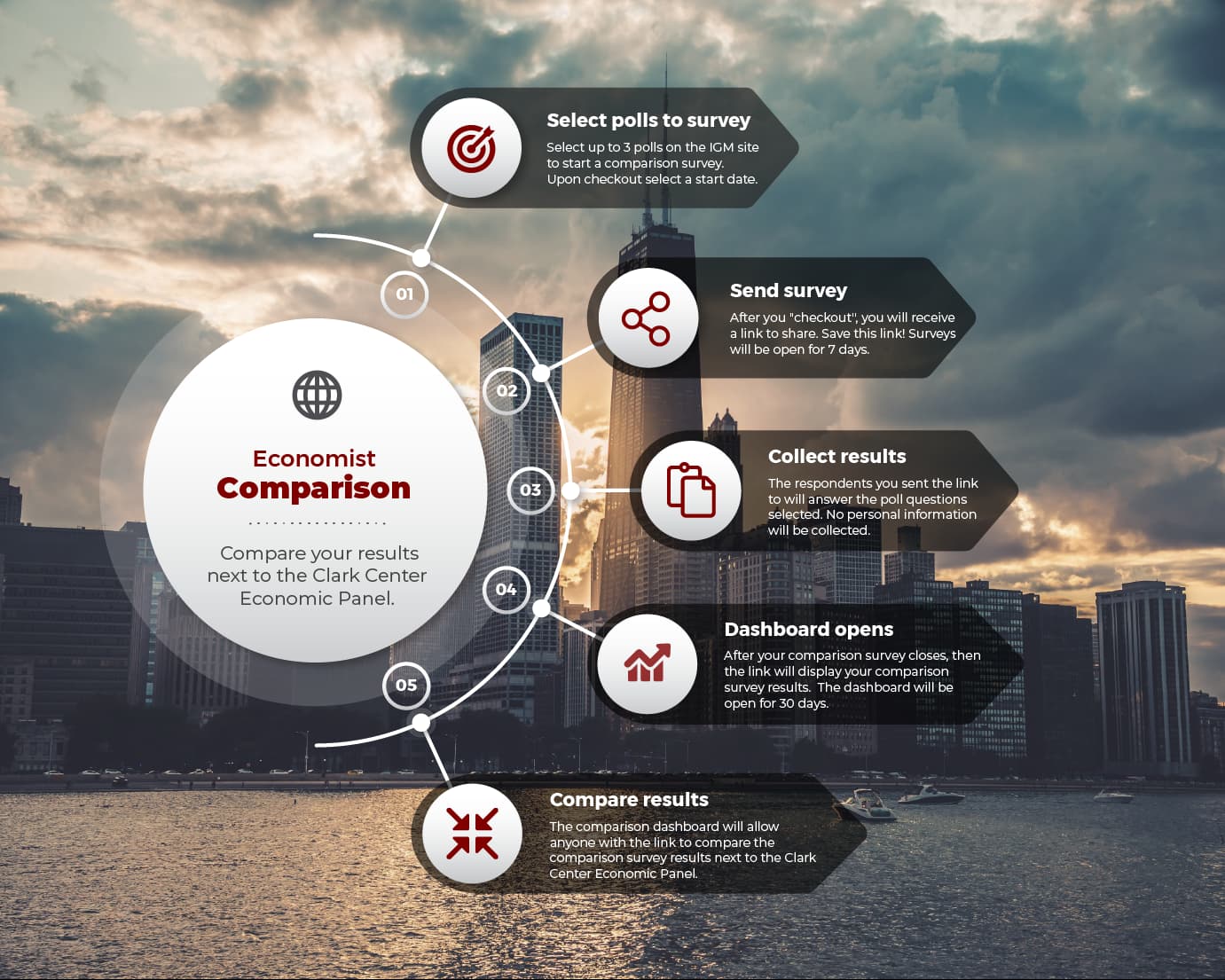Over the last few months, On Global Markets has repeatedly warned about the real economic costs of elevated levels of economic policy uncertainty. But, it seems that greater certainty on the shape of Donald Trump’s trade policy has brought its own challenges.
The President’s so-called ‘Liberation Day’ reciprocal tariffs went a lot further than just about any analyst was forecasting. A 10% baseline tariff – about four times as high as existing US tariffs on average – would be a huge deal, especially when combined with 25% tariffs on automobiles, steel and aluminium and the higher barriers already in place on Mexico and Canada. But 20% tariffs on the EU, a 24% tariff on Japan and a staggering 54% tariff on China, together with eye-wateringly high import taxes on many other Asian markets, represent the biggest shake-up to the global trading system in a century. The reaction from financial markets has, so far, been swift and vicious.
US stocks endured their worst day since the global pandemic, the dollar slipped (with the Euro enjoying its biggest one-day rise in almost two decades), the yield on government bonds tanked, and oil fell by more than 7%. In other words, the markets quickly moved to price in rising odds of a recession.
Economic forecasts made only weeks before have been upended. And the uncertainty, which was becoming a serious drag on consumer and business confidence, has still not been banished. The proposed tariffs are so high in many cases that many market participants and business leaders still at least partially assume that they are merely the opening offer in a process of trade negotiations.
The damage being done to global equities, though, suggests that markets have finally cottoned on to the fact that the self-proclaimed “Tariff Man” in the Oval Office might actually be serious when it comes to tariffs.
For all the drama in the equity markets – and there has been no shortage of drama so far – the moves in the bond and foreign exchange markets may be more telling in the medium to longer run.
Starting with FX, in the 24 hours after the announcement of the new tariff package, the dollar fell by almost 1.5% against a broad basket of other currencies. Whilst that is a reasonably large move for a currency, it is not a huge one – your columnist, based in Britain, would have considered that a normal day for sterling at the higher of the Brexit or Liz Truss mini-budget episodes. More significant than the size of the move was the direction. The broad consensus amongst market analysts has been that new tariffs, at least in the short term, would strengthen the dollar. The currencies of countries hit by new restrictions would depreciate, to some extent, against the dollar to (again, partially) offset the new import taxes. The fact that this has not happened, so far at least, matters. Almost all of the economic models on the impact of new tariffs on US prices assumed that the dollar would strengthen and that a rising currency would cushion the impact of new tariffs on the prices faced by consumers and firms. If the dollar falls instead of rising, then the price impact is magnified rather than diminished. In other words, the supposed risk of higher prices resulting from new tariffs may have been underplayed.
Then, there is the bond market. The moves here have been much more dramatic. The policy-sensitive US two-year government bond was yielding around 3.9% at the start of the week. At the time of writing, it is yielding more like 3.6%, and that yield briefly touched 3.5% in early trading. Given that Fed Funds are currently at 4.5%, this is effectively the market pricing in rapid and deep monetary easing from the Federal Reserve.
Markets are now pricing in four 25 basis point cuts before the end of the year. Today’s solid jobs market report helps to clarify the dilemma the Fed is facing. Higher-than-expected tariffs, especially in the absence of dollar strength, will mean that price pressures in the near term remain high. The Fed, after the experience of 2021-2023, will be especially vigilant towards that threat. In other words, the space available for monetary easing – despite a markedly tougher growth outlook – remains limited.
This week, markets became rattled by the chance of a US recession. Investment banks have upped the odds from around 30% this year to around 50%. The last Chicago Booth School-FT panel, as reported by On Global Markets in March, was more sanguine.
11% of respondents believed such a recession would begin by the second quarter of this year (i.e. it may already be happening), whilst another 24% believe such a recession is likely to begin in the second half of this year. 26% pencilled in the first half of 2026, whilst the remaining 39% went for Q3 2026 onwards, an option which camouflages a much wider range of opinion. Perhaps the best way to think of these results is that around one-third of the panellists expect a recession to begin this calendar year and more than half within the coming 15 or so months. In other words, expert economic opinion is taking recession risks extremely seriously.
But an awful lot has changed in just a few short days. The risks to both prices and economic growth have stepped up markedly.

